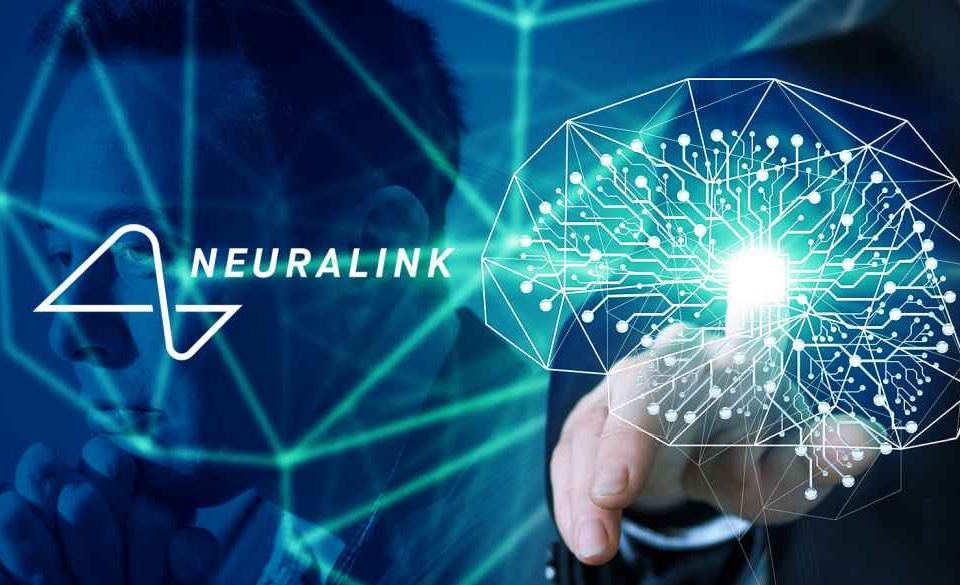Introduction
Neuralink, Elon Musk’s pioneering brain-computer interface company, has recently faced a significant departure. Paul Merolla, one of the co-founders, has left the company, raising questions about the stability and future of this ambitious venture. This departure is part of a larger pattern, with six of the original eight co-founders having now exited Neuralink. The company’s challenges, including regulatory hurdles and internal turbulence, are becoming more apparent as it strives to revolutionize neurotechnology.
The Vision and Challenges of Neuralink
Ambitious Goals
Neuralink was founded in 2016 with the goal of developing high-bandwidth brain-machine interfaces to connect humans and computers. Musk has often described the technology as a “Fitbit for your skull,” emphasizing its potential to treat neurological conditions and enhance human capabilities.
Regulatory and Developmental Struggles
Despite its ambitious goals, Neuralink has struggled to achieve key milestones. Musk announced in 2019 that the company aimed to start human trials by the end of 2020, but it has yet to receive regulatory approval. This delay has raised doubts about the feasibility of Neuralink’s timeline and technological promises.
The Departure of Paul Merolla
Key Contributions
Paul Merolla, a former research scientist at IBM, was instrumental in Neuralink’s chip design efforts. His departure, along with those of other key figures, indicates potential internal challenges. As reported by Reuters, only Elon Musk and implant engineer Dongjin “DJ” Seo remain from the original founding team (Benzinga) (Teslarati).
Possible Reasons
While the exact reasons for Merolla’s departure are unknown, it follows a pattern of high-profile exits that suggest deeper issues within the company. These departures have occurred amidst reports of rushed projects, ethical concerns, and a challenging work environment (Futurism).
Implications and Speculations
Impact on Neuralink
Merolla’s exit is a significant blow to Neuralink, particularly given his expertise in neuromorphic chip design. This departure may hinder the company’s progress and exacerbate existing challenges. The frequent turnover of key personnel raises concerns about Neuralink’s ability to maintain a stable and cohesive team.
Industry Reactions
The broader neurotech industry is closely watching Neuralink’s trajectory. While the company has demonstrated impressive technological feats, such as enabling a monkey to play Pong using its mind, it must overcome significant obstacles to achieve its full potential. Regulatory approvals and a stable leadership team are critical for advancing to human trials and commercialization.
Future Prospects
Remaining Optimism
Despite these setbacks, Musk remains optimistic about Neuralink’s future. He emphasizes the potential benefits of the technology for treating conditions like brain injuries and neurological disorders. Achieving these goals will require overcoming regulatory and internal challenges.
Next Steps
Neuralink must focus on stabilizing its leadership and securing regulatory approvals to move forward. The company’s ability to retain talent and maintain a clear strategic direction will be crucial for its success.
Conclusion
Paul Merolla’s departure from Neuralink highlights significant internal challenges and raises questions about the company’s future. While Neuralink continues to push the boundaries of neurotechnology, achieving its ambitious goals will require addressing regulatory hurdles, retaining key personnel, and maintaining a stable organizational structure. The neurotech industry and the public will be watching closely to see how Neuralink navigates these challenges and whether it can fulfill its revolutionary potential.
For more details, you can read the full articles on Business Insider, Benzinga, and Futurism (Benzinga) (Teslarati) (Futurism).



